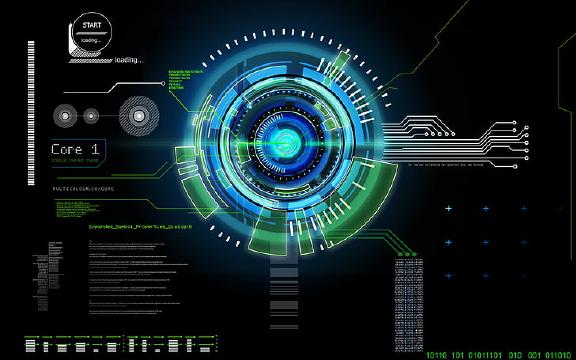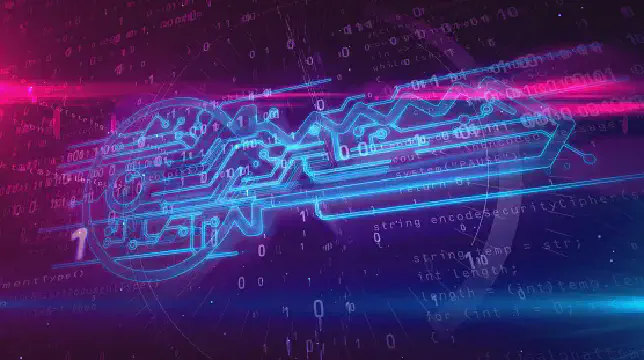Excerpt§
SHA-1 has been widely used since 1995 but research has exposed weaknesses. With new hash algorithms available, this article assesses if SHA-1 is still secure for applications today.
SHA-1 has been one of the most widely used cryptographic hash functions since its introduction in 1995. However, significant advances in cryptanalysis over the past decade have raised doubts about its security. In this post, we’ll look at the background of SHA-1, its vulnerabilities, the transition to newer algorithms like SHA-2, and whether SHA-1 can still be considered secure today.
Introduction§
SHA-1 or Secure Hash Algorithm 1 is a hashing function used to generate a condensed representation of data for security applications. It has been extensively utilized in the past for digital signatures, version control systems, and other use cases requiring data integrity assurances. However, researchers have demonstrated theoretical weaknesses in SHA-1, and over time, the algorithm has become susceptible to practical collision attacks. This has led to a shift to more robust functions like SHA-2. But some applications still rely on SHA-1, which raises the question – is SHA-1 still considered secure enough for specific use cases today?
Background of SHA-1§
SHA-1 was developed by the National Security Agency (NSA) and published as a federal standard by NIST in 1995. Some key points about SHA-1:
- Produces a 160-bit hash value or message digest
- Designed for efficiency and ease of implementation
- Structurally similar to MD5 and based on Merkle–Damgård construction
- Quickly gained widespread adoption for applications like TLS/SSL, PGP, SSH, Git, digital signatures
SHA-1 was designed according to the security requirements at the time. It provided a reasonable level of collision resistance from malicious attacks based on the computing power available in the 1990s. But it did have some identified weaknesses even at launch.
Vulnerabilities in SHA-1§
Cryptanalysis research over the past two decades has revealed both theoretical and practical vulnerabilities in SHA-1:
Theoretical weaknesses
- Susceptibility to length extension attacks
- Weaker collision resistance compared to ideal hash functions
Practical attacks
- Security researchers demonstrated collisions in SHA-1 in 2005.
- By 2017, a SHA-1 collision was generated with a real-world PDF document.
- Collision attacks compromise integrity assurances provided by SHA-1 hashes.
- Brute force attacks also made easier by 160-bit hash length.
These vulnerabilities showed that SHA-1 was starting to reach its expiration date and would soon be unsafe for general security use.
Transition to More Secure Hashing Algorithms§
In response to the weaknesses in SHA-1, NIST introduced improved hash functions under the SHA-2 family in 2001:
- SHA-224, SHA-256, s with longer hash lengths.
- Stronger collision resistance protecting against both theoretical and practical attacks.
- Widely adopted by major browsers, software, and services.
Newer generation functions like SHA-3 and BLAKE2 provide even greater security. The transition away from SHA-1 aims to ensure the integrity and authentication assurances provided by hash functions stay resilient against modern threats.
Current Status and Recommendations§
Many major organizations have dropped support for SHA-1 certificates and signatures. But some use cases like version control systems still rely on it. The risks of using SHA-1 need to be assessed based on the application:
- Avoid SHA-1 for highly sensitive use cases like root certificates, code signing, high-value transactions.
- Monitor systems still using SHA-1 hashes for any suspicious collisions.
- Consider deprecation or upgrade plans to SHA-2/SHA-3 based on risk profile.
- Test applications for SHA-1 dependencies before migrating and address concerns.
Ideally, no new deployments should use SHA-1 hashes. But with proper risk assessment and mitigation planning, existing non-critical SHA-1 usage may still be deemed acceptable.
Conclusion§
SHA-1 is past its expiry date based on today’s security standards. The proven vulnerabilities against collision resistance and other identified weaknesses in SHA-1 mean it is no longer recommended for most general cryptographic uses.
However, for low sensitivity use cases, mitigating controls may limit the risks sufficiently to warrant continued usage in legacy applications. But new software should utilize modern hash functions like SHA-2 and SHA-3 to ensure future-proof integrity protections. Overall, phasing out SHA-1 where feasible is advised to strengthen cybersecurity defenses.















